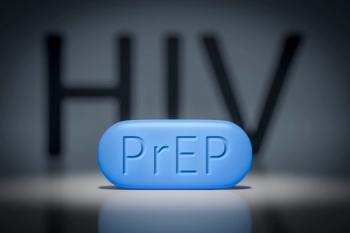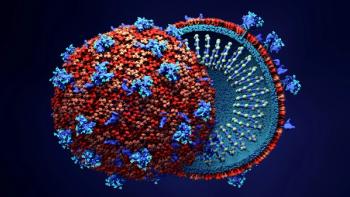
HIV Mortality Rates Drop, But Minorities Impacted More
While HIV continues to impact certain racial and ethnic minorities, the mortality rate in the US continues to drop.
HIV continues to have a disproportionate impact on certain populations, particularly racial and ethnic minorities, gay and bisexual men and other men who have sex with men and transgender women, the Kaiser Family Foundation said in its report,
Black/African American and Hispanic/Latino communities are disproportionately affected by HIV compared to other racial/ethnic groups,
HIV-related mortality rates have declined significantly since 1995, KFF found. The age-adjusted HIV death rate has dropped by more than 80% since its peak and by almost 50% since 2010.
“This is largely due to ART [antiretroviral therapy], but also to decreasing HIV incidence,” KFF said.
From 2010-2018, death rates decreased by 36.6% overall, Morbidity and Mortality Weekly Report
“Early diagnosis, prompt treatment, and maintaining access to high-quality care and treatment have been successful in reducing HIV-related deaths and remain necessary for continuing reductions in HIV-related deaths,” the Centers for Disease Control researchers wrote in MMWR.
Still, more than 5,000 people died with HIV/AIDS as the underlying cause of death in 2019, KFF said.
In addition, while HIV is not a leading cause of death for Americans overall, it remains a leading cause of death for certain age groups. In 2019, HIV was the ninth leading cause of death for those ages 25 to 34, and the tenth for those ages 35-44, KFF found.
Most (66%) newly diagnosed cases of HIV occurred through male-to-male sexual contact, according to KFF, while 4% of diagnoses occurred among gay and bisexual men with a history of injection drug use. However, diagnoses attributable to injection drug use alone have declined significantly over time and accounted for 7% of new diagnoses in 2019.
In other positive news, the number of new HIV infections declined 73% between 1984 and 2019 and 9% between 2015 and 2019. Still, 34,800 people were newly infected with HIV in the U.S. in 2019, and declines were not seen among all populations, KFF found.
While US HIV treatment guidelines recommend initiating ART as soon as patient are diagnosed with HIV, only 66% of those diagnosed receive medical care, according to the CDC, and fewer (57%) are virally suppressed, KFF said.
Newsletter
Get the latest industry news, event updates, and more from Managed healthcare Executive.




















































